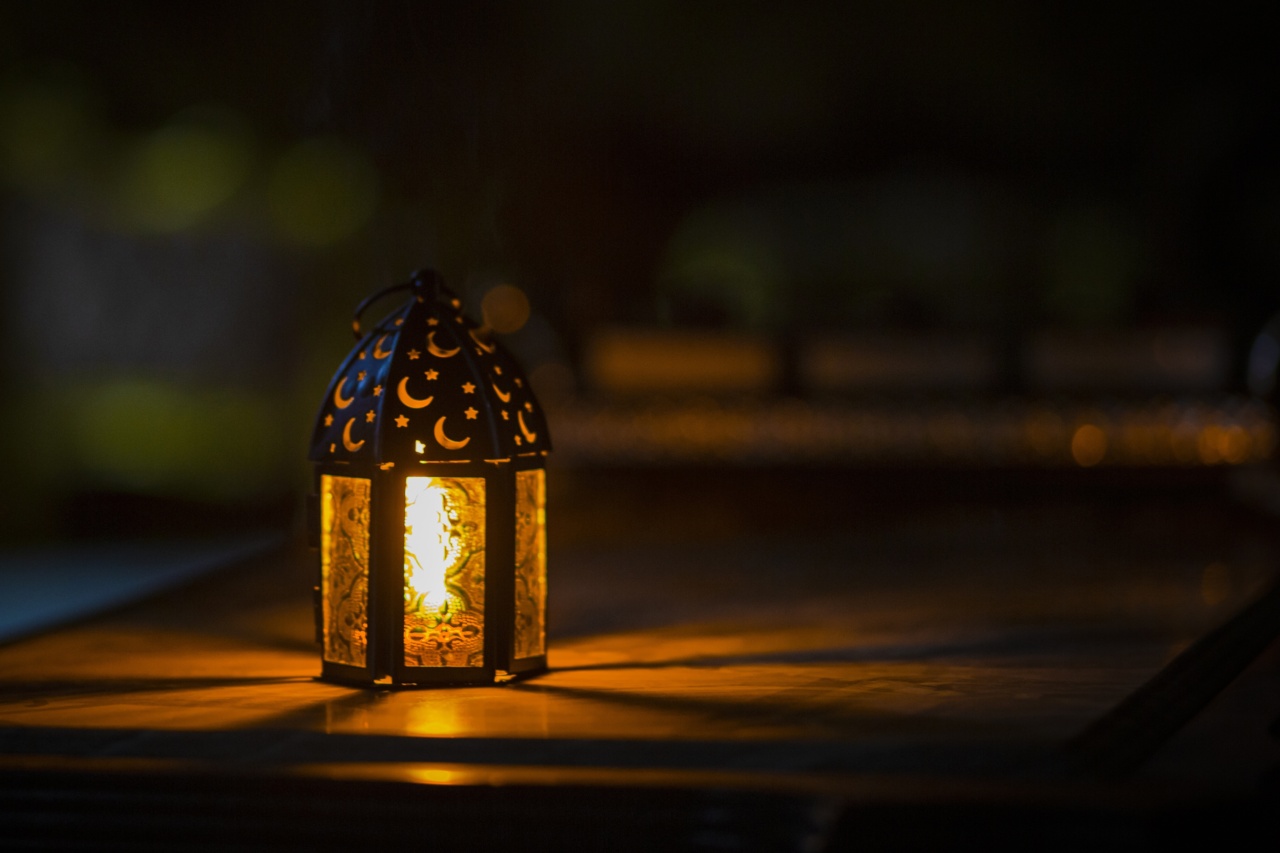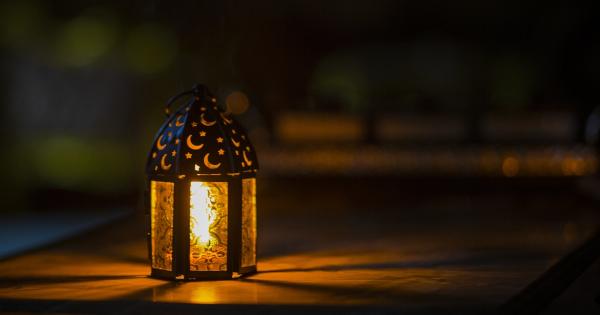Many of us have experienced the frustration of trying to fall asleep with a bright light shining in our face.
Whether it’s from a street lamp outside our window or the glow of electronic devices in our bedroom, the presence of light can significantly interfere with our sleep. In this article, we will explore the effects of light on our sleep quality and discuss what it means for our overall well-being.
Understanding the Sleep-Wake Cycle
Before we delve into the impact of light on sleep, it’s essential to understand the sleep-wake cycle. Our bodies follow an internal clock, known as the circadian rhythm, which regulates our sleep and wakefulness.
This rhythm is influenced by external cues, primarily light and darkness. When it’s dark, our brain releases melatonin, a hormone that promotes sleep. Conversely, exposure to light signals wakefulness and inhibits melatonin production.
The Blue Light Effect
One particular type of light that affects our sleep is blue light. Blue light is emitted by electronic devices such as smartphones, tablets, and laptops, as well as energy-efficient LED bulbs.
This short-wavelength light suppresses melatonin production more than any other type of light, making it particularly disruptive to our sleep.
The Consequences of Light Exposure at Night
Exposure to light, especially shortly before bedtime, can have several negative consequences on our sleep. It can delay the onset of sleep, making it more difficult to fall asleep naturally.
This delay can lead to sleep deprivation, as we may have to wake up at a fixed time regardless of when we fall asleep. The quality of our sleep is also affected, with light exposure causing more fragmented and less restorative sleep.
Implications for Shift Workers and Night owls
Shift workers and night owls are particularly susceptible to the negative effects of light on sleep. For shift workers, exposure to artificial light during their nighttime shifts can disrupt their circadian rhythm and lead to sleep disorders.
Night owls, who naturally have a preference for staying awake late at night, may have difficulty falling asleep due to the exposure to light in the evening hours.
Minimizing Light Interference for Better Sleep
There are several measures we can take to minimize the interference of light with our sleep. Firstly, maintaining a consistent sleep schedule, even on weekends, helps regulate our circadian rhythm.
Creating a sleep-friendly environment by using blackout curtains, eye masks, and removing electronic devices from the bedroom can also improve the quality of our sleep. Additionally, reducing exposure to blue light in the evening, such as by using screen filters or wearing blue-light-blocking glasses, can promote better sleep.
The Role of Light in Sleep Disorders
Light plays a significant role in various sleep disorders. Seasonal Affective Disorder (SAD) is a type of depression that occurs during the winter months when there is less natural light.
Bright light therapy, which involves exposure to artificial light, is an effective treatment for SAD. Additionally, individuals with insomnia or Delayed Sleep Phase Syndrome (DSPS) may benefit from light therapy to regulate their sleep-wake cycle.
Incorporating Light for Better Sleep
Not all light is detrimental to sleep. In fact, exposure to natural light during the day is crucial for maintaining a healthy circadian rhythm.
Spending time outdoors, especially in the morning, can help regulate our internal clock and promote better sleep at night. By aligning our light exposure with our natural sleep-wake rhythm, we can optimize our sleep quality.
The Bottom Line
Light, particularly blue light, can significantly interfere with our sleep. By understanding the effects of light on our sleep-wake cycle, we can take steps to minimize its interference and promote better sleep.
Through maintaining a consistent sleep schedule, creating a sleep-friendly environment, and being mindful of light exposure, we can improve our overall sleep quality and enhance our well-being.































